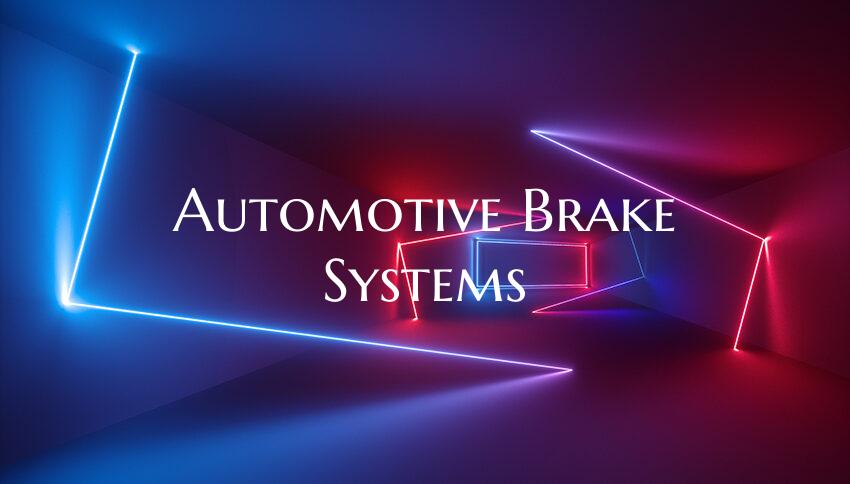Automotive Brake Systems
Automotive Brake Systems: Ensuring Safety on the Road
The automotive brake system is a crucial component of any vehicle, playing a pivotal role in ensuring the safety of both the driver and passengers on the road. Brakes are designed to slow down or stop a vehicle by converting the kinetic energy of motion into heat through friction. There are several types of brake systems used in vehicles, each with its unique characteristics and advantages.
One of the most common types of automotive brake systems is the hydraulic brake system. This system uses brake fluid to transmit force from the brake pedal to the brake calipers or wheel cylinders, which in turn apply pressure to the brake pads or shoes. Hydraulic brake systems are known for their reliability and efficiency, providing consistent braking performance under various driving conditions.
Another popular type of brake system is the disc brake system, which uses a rotating disc or rotor attached to the wheel hub. When the brakes are applied, hydraulic pressure forces brake pads to clamp down on the rotor, generating friction and slowing down the vehicle. Disc brakes are widely used in modern vehicles due to their effectiveness, durability, and ability to dissipate heat efficiently.
In contrast, drum brake systems feature brake shoes that press against the inner surface of a rotating drum to slow down or stop the vehicle. While drum brakes are less common in newer vehicles, they are still utilized in certain applications for their simplicity and cost-effectiveness.
Proper maintenance and regular inspection of automotive brake systems are essential to ensure optimal performance and safety. Signs of brake system issues include squealing or grinding noises, soft or spongy brake pedal feel, vibrations while braking, or a longer stopping distance. Ignoring these warning signs can lead to brake failure, putting the driver and passengers at risk.
In conclusion, automotive brake systems are critical safety components in vehicles that deserve attention and care. Understanding the different types of brake systems and their functions can help drivers make informed decisions about their vehicle's maintenance and repair needs, ultimately contributing to a safer driving experience for everyone on the road.

